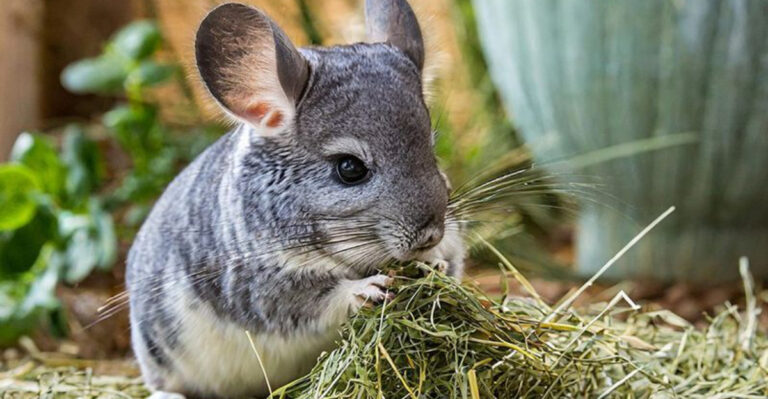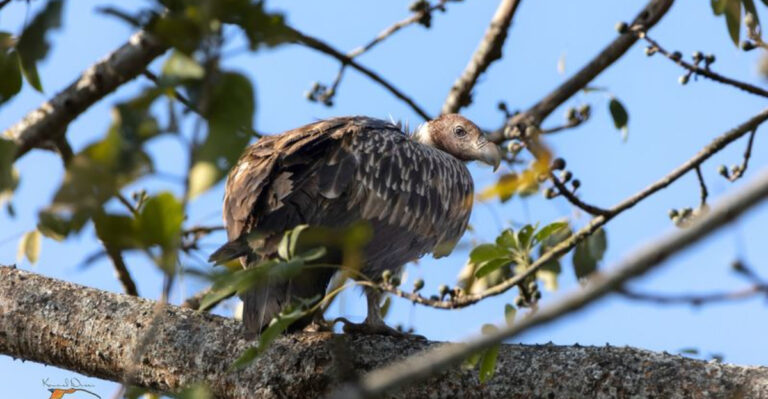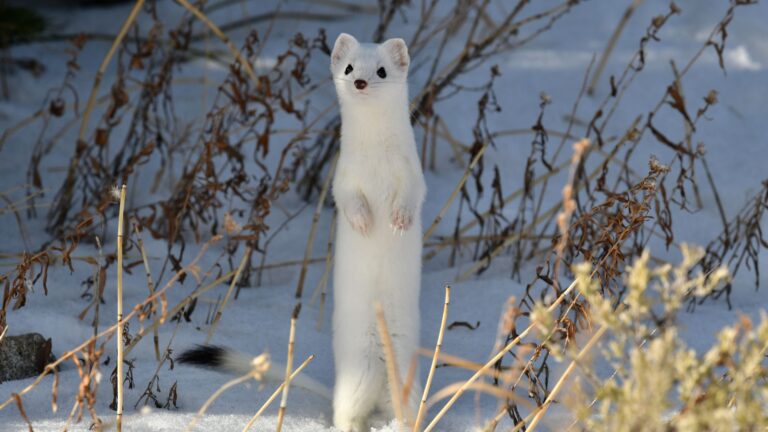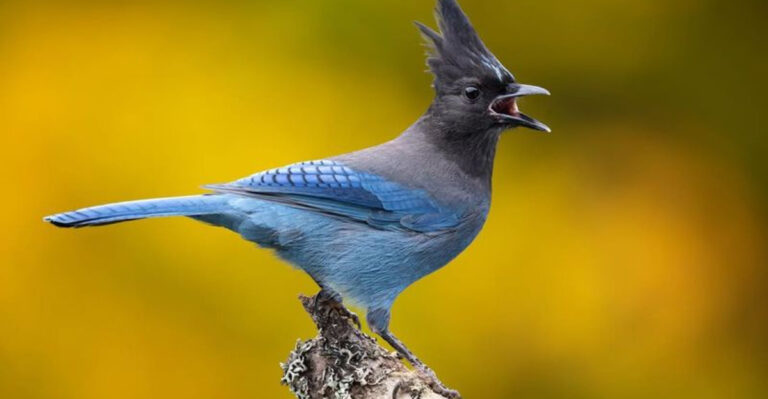The 9 U.S. States With The Highest Rattlesnake Populations

Rattlesnakes are fascinating creatures, but if you’re out exploring the great outdoors, it’s important to know where they’re most commonly found.
Some states in the U.S. have large populations of these reptiles, making them a more frequent encounter for hikers and nature lovers. While they typically avoid humans, knowing where they live is key to staying safe in rattlesnake territory.
1. Nevada
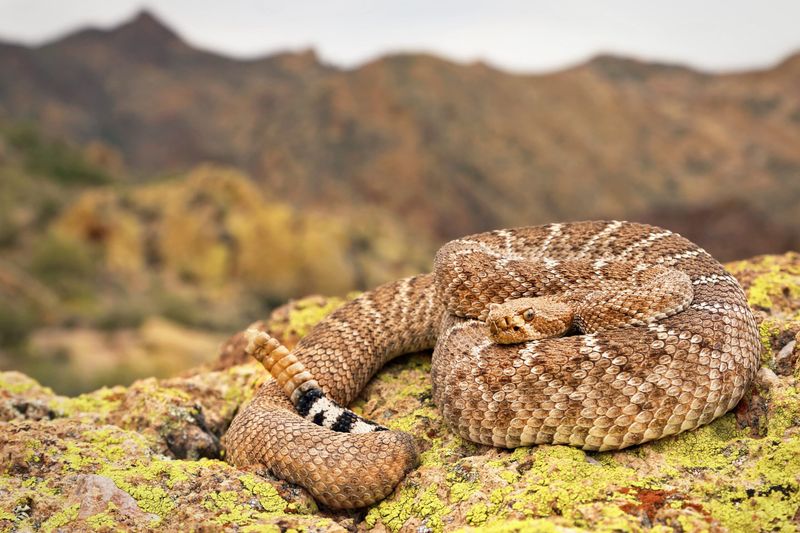
In the arid landscapes of Nevada, rattlesnakes thrive amidst the rocky terrains and sparse vegetation. These reptiles are masters of disguise, blending seamlessly into their surroundings.
Nevada is home to several species, including the Western Diamondback and the Sidewinder.
Their ability to adapt to harsh desert conditions is remarkable. A fun fact: the Sidewinder’s unique sideways movement helps it navigate the hot sand efficiently.
2. Utah
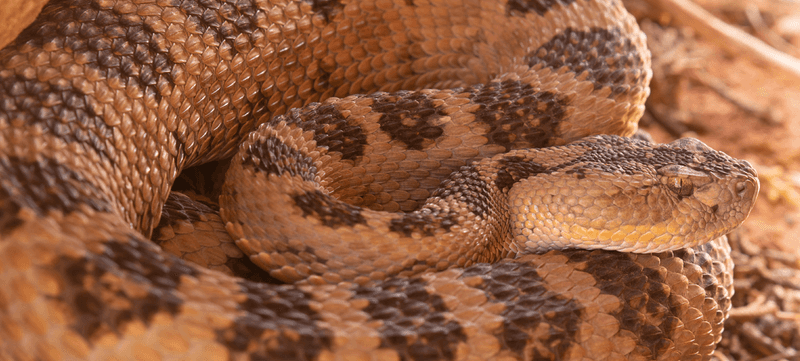
Utah’s stunning canyonlands are not only a visual marvel but also a habitat for a diverse range of rattlesnakes. The state hosts several species, such as the Midget Faded Rattlesnake and the Mojave Rattlesnake.
These snakes have adapted to the rugged terrain, often seeking shelter in crevices and under rocks. Their presence is a reminder of the delicate balance within this ecosystem.
Visitors to Utah’s national parks might encounter these snakes basking in the sun, a sight that underscores the region’s rich biodiversity.
3. California
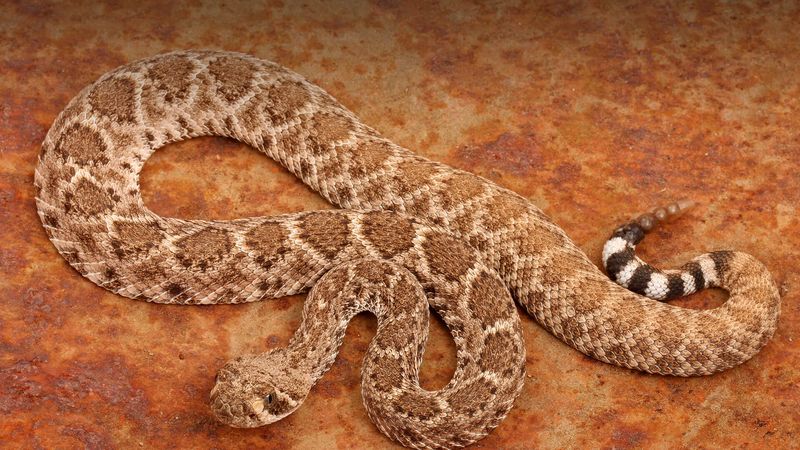
California, the land of sunshine and dreams, harbors a surprising number of rattlesnakes. Imagine hiking through the vast, golden deserts where rattlesnakes bask lazily on sunlit rocks.
Their scales glisten under the expansive sky, a testament to nature’s artistry.
California’s diverse landscapes, from the arid Mojave to the lush Sierra Nevada, offer rattlesnakes an ideal habitat to slither and thrive, making it a true serpent sanctuary.
4. Arizona

Arizona is the ultimate rattlesnake haven, with 13 species calling it home. From deserts to forests, the state’s landscapes offer perfect habitats for these reptiles.
Rattlesnakes are most active in the warmer months, so encounters aren’t uncommon. Luckily, they’re not aggressive and prefer to avoid humans.
A little awareness goes a long way—wearing boots and long pants can help prevent unwanted run-ins.
Arizona also offers plenty of tours to learn about these fascinating creatures.
5. Texas
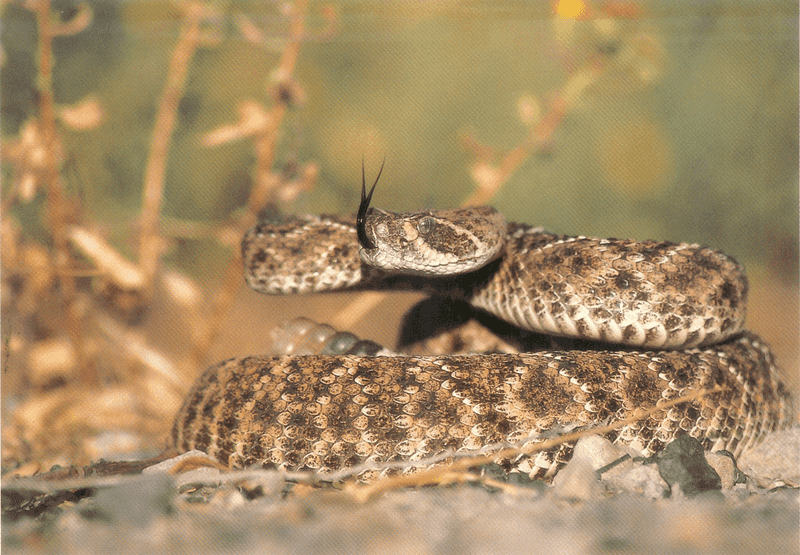
Texas is home to over 10 species of rattlesnakes, thanks to its vast landscapes and diverse habitats.
Rattlesnakes play an important role in keeping rodent populations in check. They’re usually more scared of us than we are of them, so giving them space is key.
Local wildlife officials recommend not trying to capture or harm rattlesnakes, as it can lead to accidents.
For those curious, Texas hosts rattlesnake roundups and wildlife events to learn more.
6. Oklahoma
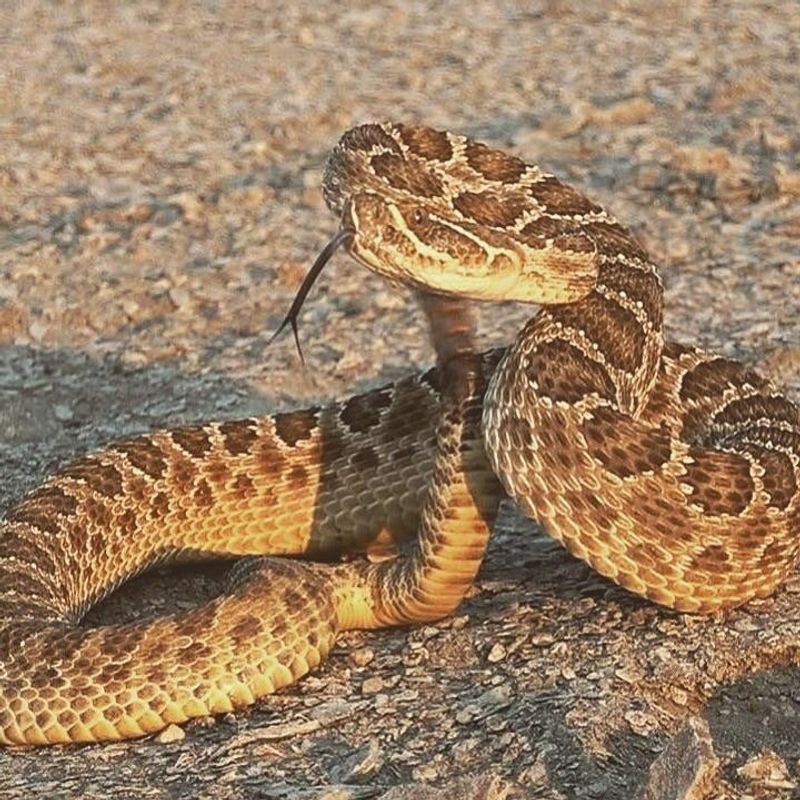
Oklahoma might not scream rattlesnake territory, but it’s a hidden gem for these reptiles. The prairies and rolling hills provide an ideal habitat.
Picture wandering through an expanse of tall grass, the evening breeze carrying whispers of hidden dangers.
The Western Diamondback and Prairie rattlesnakes find solace here, merging with the earth tones of the landscape.
7. New Mexico
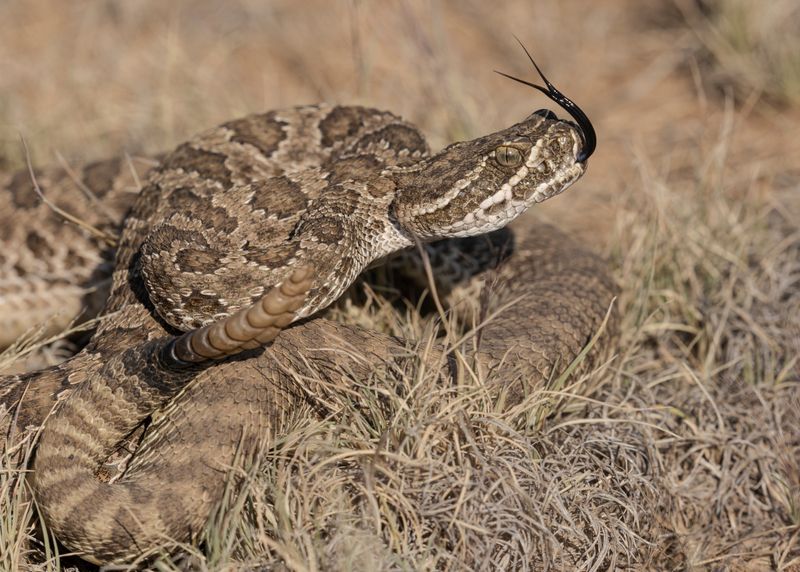
New Mexico’s stunning landscapes make it a perfect home for rattlesnakes, with nine species calling the state their home.
The Prairie Rattlesnake and Rock Rattlesnake are especially adaptable to New Mexico’s varied terrains.
These snakes are often found in rocky areas where their camouflage makes them nearly invisible. Their ability to thrive in both desert flats and mountains shows just how well they’ve evolved.
Hikers should stick to well-trodden paths and stay alert, especially during the warmer months when rattlesnakes are most active.
8. Florida

In the heart of the Sunshine State, rattlesnakes thrive amidst the vast wetlands and warm climate. Florida is not just about beaches and theme parks.
The state boasts a rich tapestry of ecosystems, perfect for these slithering serpents.
Imagine walking through a dense swamp, the air thick with humidity, as the sun sets in a blaze of orange and pink.
Here, the Eastern Diamondback rattlesnake reigns supreme, camouflaged among the foliage, its distinct rattle warning of its presence.
9. Pennsylvania
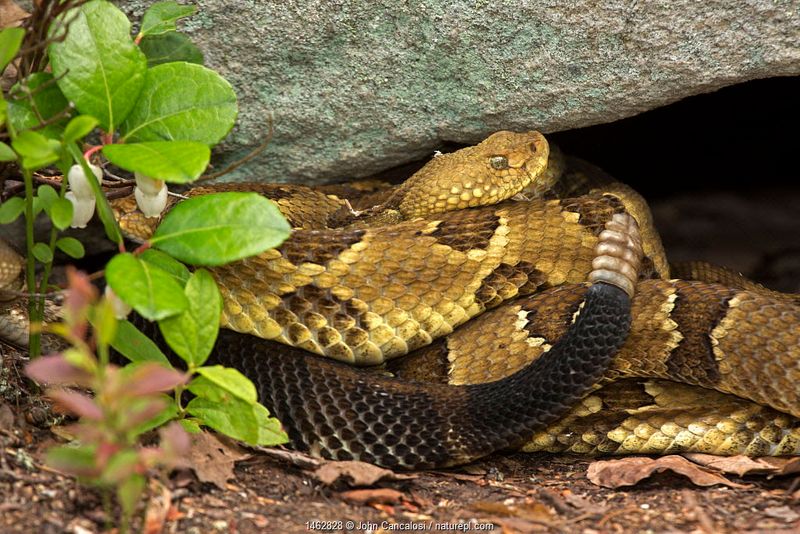
Who would think Pennsylvania, with its serene woodlands, harbors rattlesnakes? Yet, amid the picturesque landscapes, they thrive.
Envision an autumn day, the forest alive with color, leaves crunching underfoot. Here lies the Timber rattlesnake, a master of stealth, absorbing the warmth of the sun on a rock.
These rattlesnakes are an integral part of the forest ecosystem, controlling prey populations and adding a dash of mystery to the tranquil woods. A surprising haven for these enigmatic creatures!

